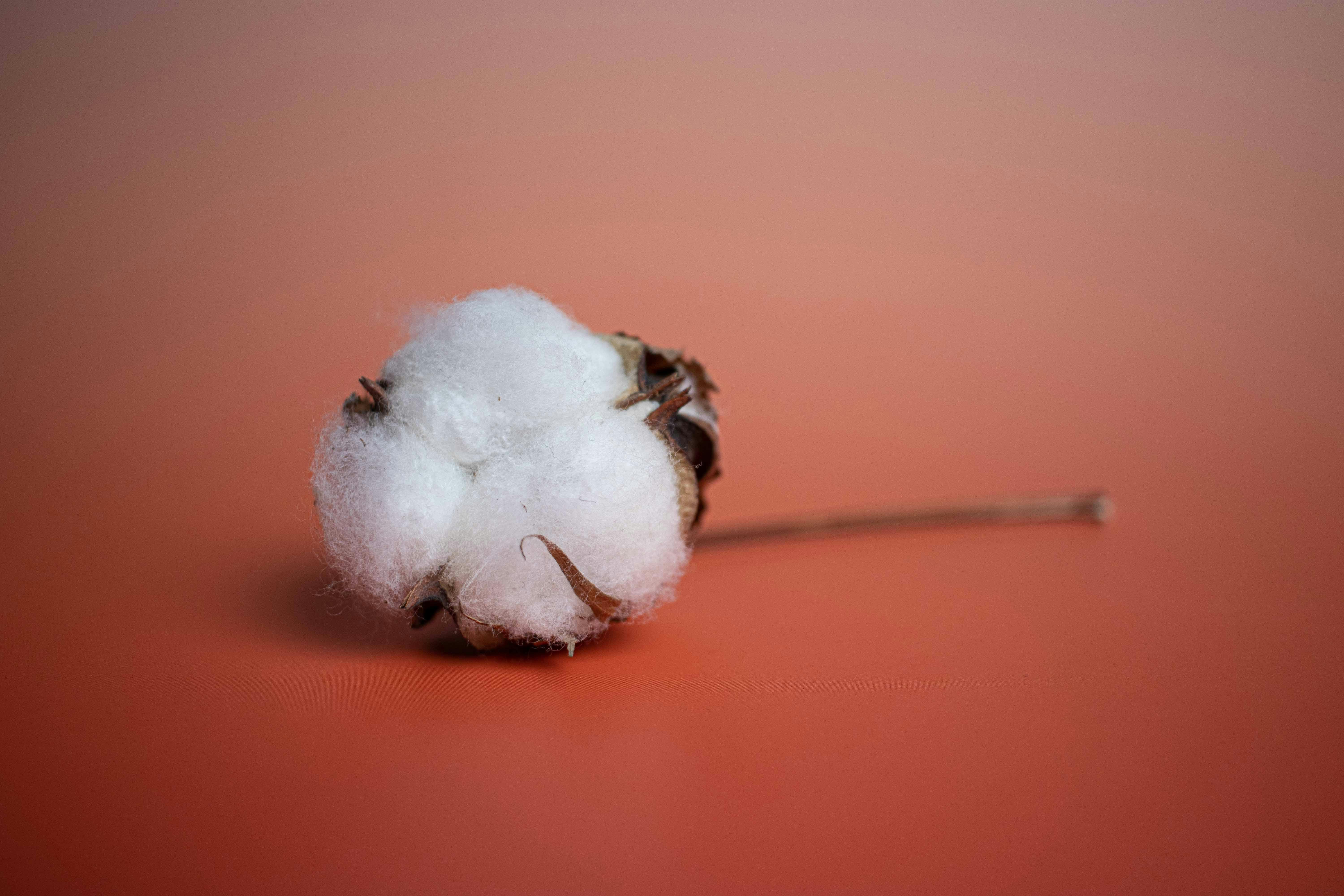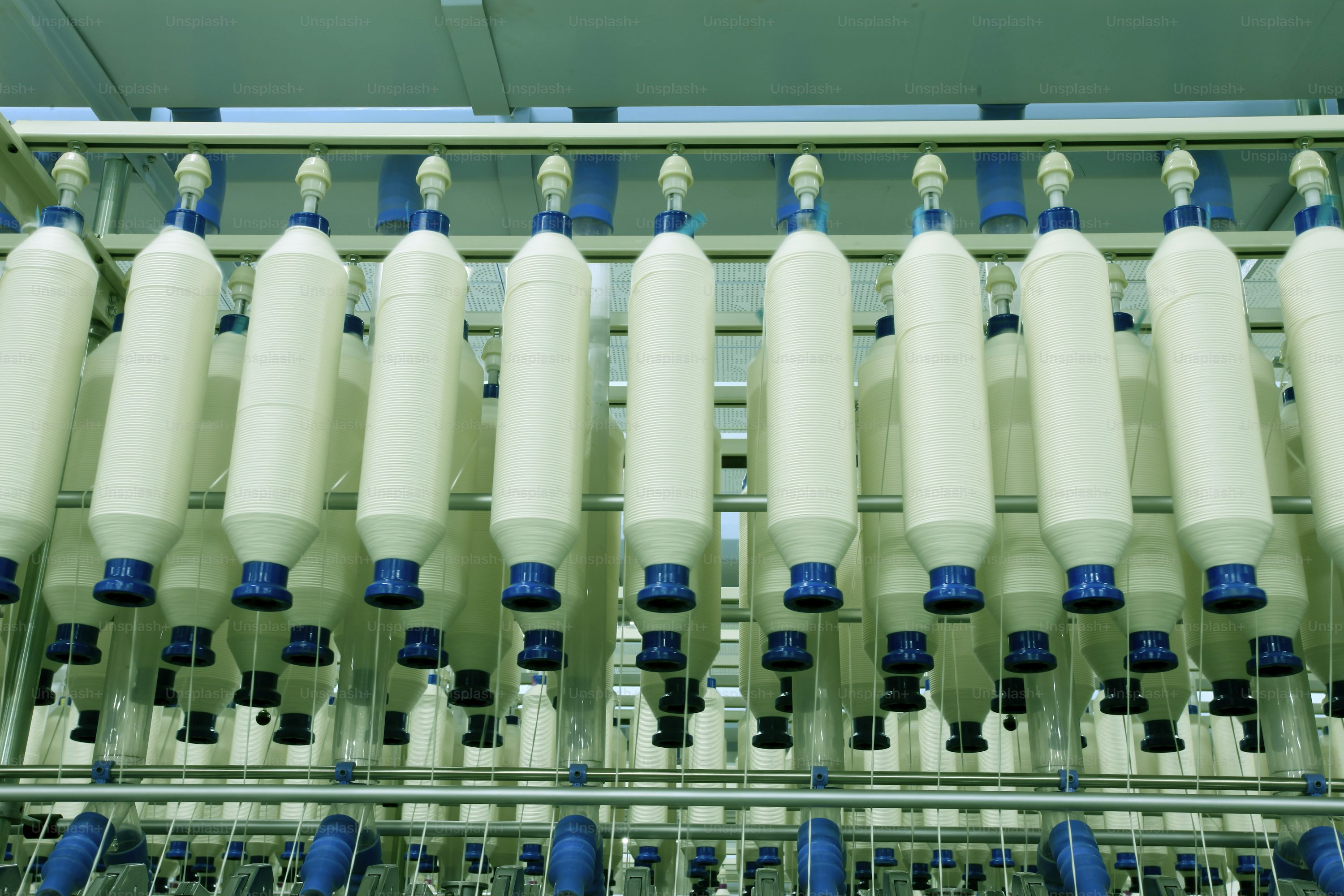- All
- Product Name
- Product Keyword
- Product Model
- Product Summary
- Product Description
- Multi Field Search
Language
Views: 0 Author: Site Editor Publish Time: 2025-10-15 Origin: Site








Cotton, a natural cellulose fiber, is prized for its comfort, breathability, and absorbency. However, the journey from the harvested cotton boll to a uniform, strong yarn involves a series of intricate mechanical and, at times, chemical processes. The primary goal of spinning is to parallelize the fibers, impart strength through twist, and produce a yarn of consistent count (fineness) suitable for weaving or knitting.

The conventional spinning process can be broken down into several key stages:
The process begins in the blow room. Raw cotton bales, which are densely packed and contain impurities (leaf, seed coat, sand), are fed into a series of machines.
Action: Bales are opened using spiked rollers, the fibers are beaten to loosen them, and powerful air currents ("blow") transport them through machines equipped with grids and beaters to remove trash.
Output: A uniform, clean, and blended fiber mat called a "lap" or a loose fiber flock is produced.
The lap from the blow room is fed into the carding machine, often called the "heart of spinning."
Action: The fibers pass between closely spaced surfaces covered with fine wires (card clothing). This action individualizes the fibers, removes remaining fine impurities and short fibers (noil), and forms them into a thin, web-like structure.
Output: This web is condensed into a continuous, untwisted rope of fibers known as a "carded sliver."

Multiple carded slivers are fed into the drawing frame.
Action: Several slivers (typically 6-8) are blended and drawn out, which reduces their diameter and improves fiber parallelization. This process ensures exceptional uniformity in the resulting sliver.
Optional Combing: For producing high-quality, finer, and stronger yarns (combed yarns), an additional process called combing is introduced after carding. Combing removes a higher percentage of short fibers and aligns the remaining long fibers more perfectly, resulting in a smoother, more lustrous, and premium yarn.
The drawn sliver is still too thick and fragile for final spinning. The roving frame attenuates (draws out) the sliver further.
Action: It gently twists the thin strand of fibers to provide just enough cohesion for handling.
Output: A slightly twisted strand called "roving," wound onto a bobbin.
This is the most common and versatile method for final yarn formation. The roving bobbins are creeled on the ring spinning frame.
Action: The roving is further attenuated to the desired yarn count. It then passes through a traveler that rotates around a ring, inserting a controlled amount of twist into the yarn. The twisted yarn is simultaneously wound onto a bobbin.
Output: A continuous, strong, and uniform spun yarn on a package, ready for subsequent processes like winding, weaving, or knitting.
While ring spinning is dominant, other methods offer different advantages:
Ring Spinning: Produces yarn with excellent strength and handle. Versatile but relatively slower.
Open-End (Rotor) Spinning: A faster method where fibers are assembled in a rotor and twisted into yarn without the need for a roving stage. Yarn is stronger but slightly rougher and less uniform than ring-spun yarn.
Air-Jet Spinning: Uses compressed air to wrap fibers around a core, producing a smooth, uniform yarn suitable for specific applications like shirting, but with lower strength.
The modern spinning mill is equipped with a range of specialized machinery:
Bale Opener & Blending Machine
Pre-Cleaner and Condenser
Carding Machine
Drawing Frame
Combing Machine (for combed yarns)
Roving Frame (Speed Frame)
Ring Spinning Frame (or Rotor Spinning Machine, Air-Jet Spinning Machine)
Auto-coner / Winding Machine (for clearing faults and making larger packages)
Fiber Quality: The properties of the raw cotton (staple length, micronaire, strength, trash content) dictate the quality of the final yarn and the efficiency of the process.
Humidity and Temperature Control: Maintaining optimal relative humidity (55-65%) is crucial. Low humidity increases fiber brittleness and static electricity, leading to breaks; high humidity causes fiber sticking and roller lapping.
Machine Maintenance: Regular grinding of card wires, setting of roller clearances, and replacement of worn-out parts are essential for consistent quality.
Waste Management: The blow room and carding processes generate significant waste (lint, dust, noil). Efficient waste collection and recycling systems are vital for cost control and a clean working environment.
Yarn Evenness: Monitoring and controlling irregularities in yarn thickness (CVm %) is a primary quality metric.
Various chemical agents are used to facilitate processing:
Antistatic Agents: Applied to mitigate static electricity during processing, especially in low-humidity conditions or with man-made fiber blends.
Lubricants (Softeners): Added to reduce fiber-to-fiber and fiber-to-metal friction. This minimizes fiber breakage, reduces power consumption, and improves yarn strength and handle.
Hummectants: Help retain moisture in the fibers, making them more pliable and less prone to static.
Wax: Applied during winding to improve the lubricity of the yarn, which is critical for high-speed weaving and knitting.
The transformation of cotton fiber into yarn is a sophisticated blend of engineering, material science, and precise process control. While the fundamental principles remain, continuous advancements in machinery automation, process monitoring, and chemical aids are driving efficiencies and enabling the production of specialized yarns. A deep understanding of each stage, from blow room to ring frame, is indispensable for optimizing quality, cost, and sustainability in textile manufacturing.